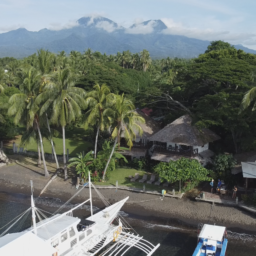
There are places and people with which creativity comes with ease. Places that inspire your artistic and creative self and people with whom conversations about ideas and thoughts and techniques bounce fluidly. This is how it was at Atlantis Philippines Dive Resorts in Dumaguete with the Atlantis Imagemakers trip.
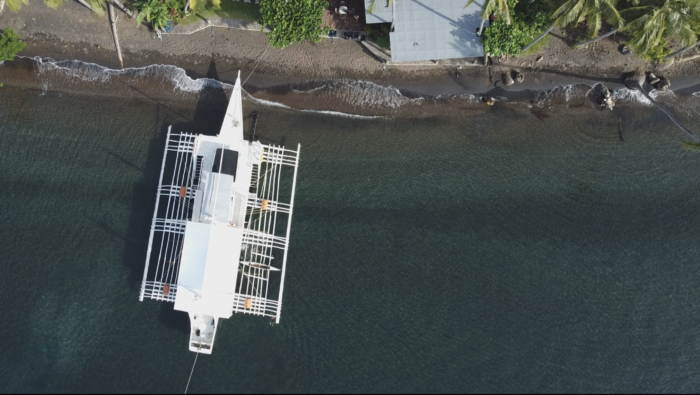
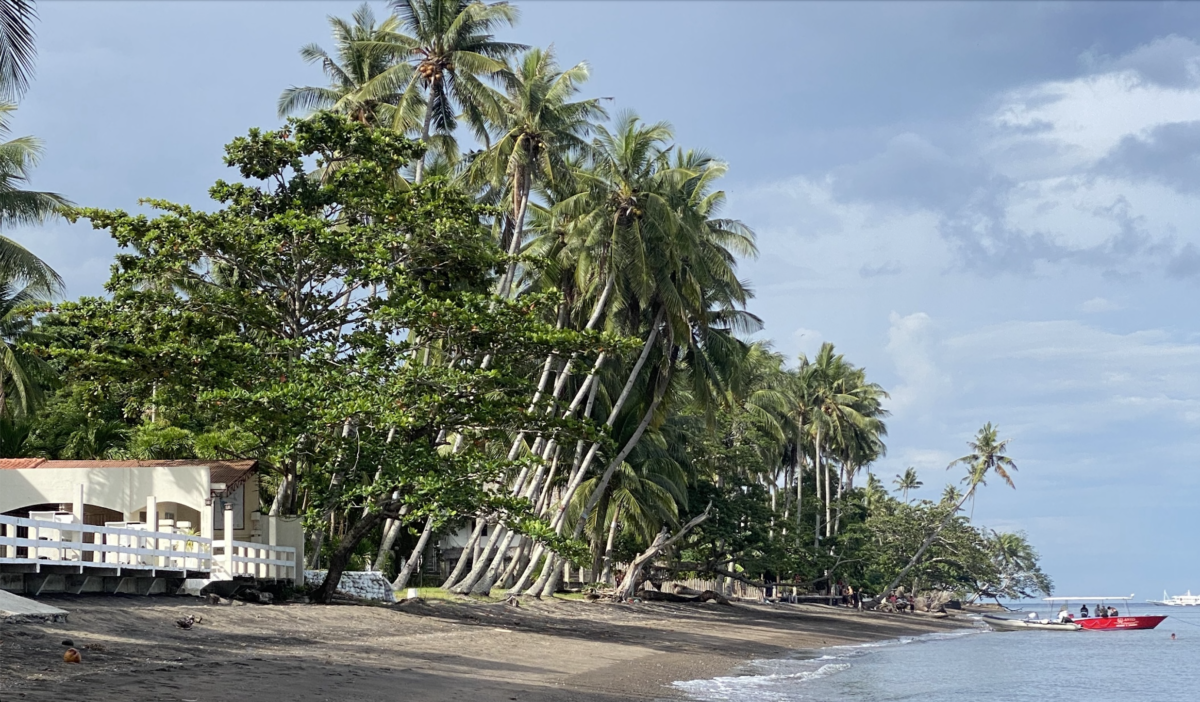
From the moment we arrived, the jungle oasis of Atlantis Dumaguete Dive Resort welcomed us with its bright colours and lush greenery. The ocean was just down a narrow stone path where our dive boats waited, welcoming us for the week’s worth of unlimited diving. The staff welcomed us warmly and introduced us to the team and location. The Atlantis Imagemaker’s group who met in this beautiful place included a range of photographers, videographers, innovators, teachers and explorers, each bringing their unique skillsets to share with the group.
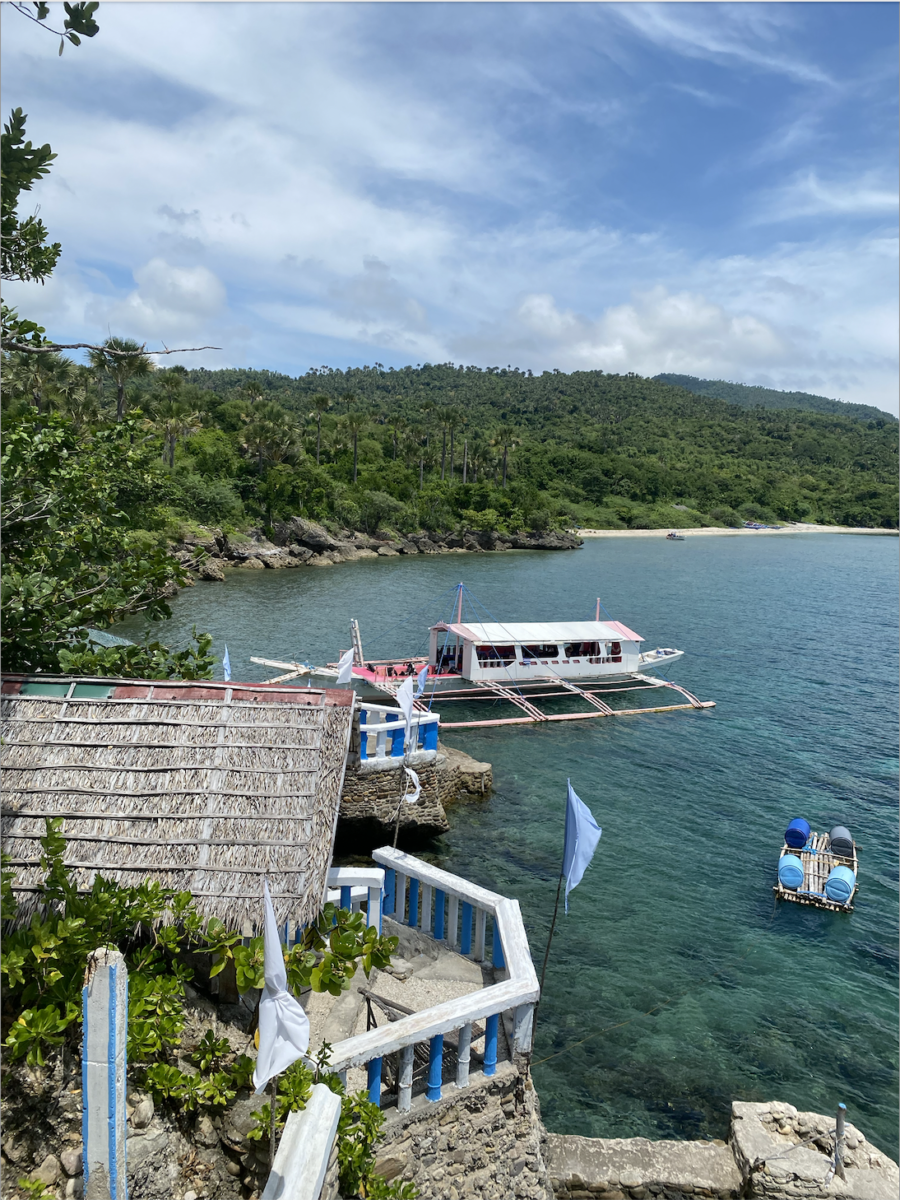
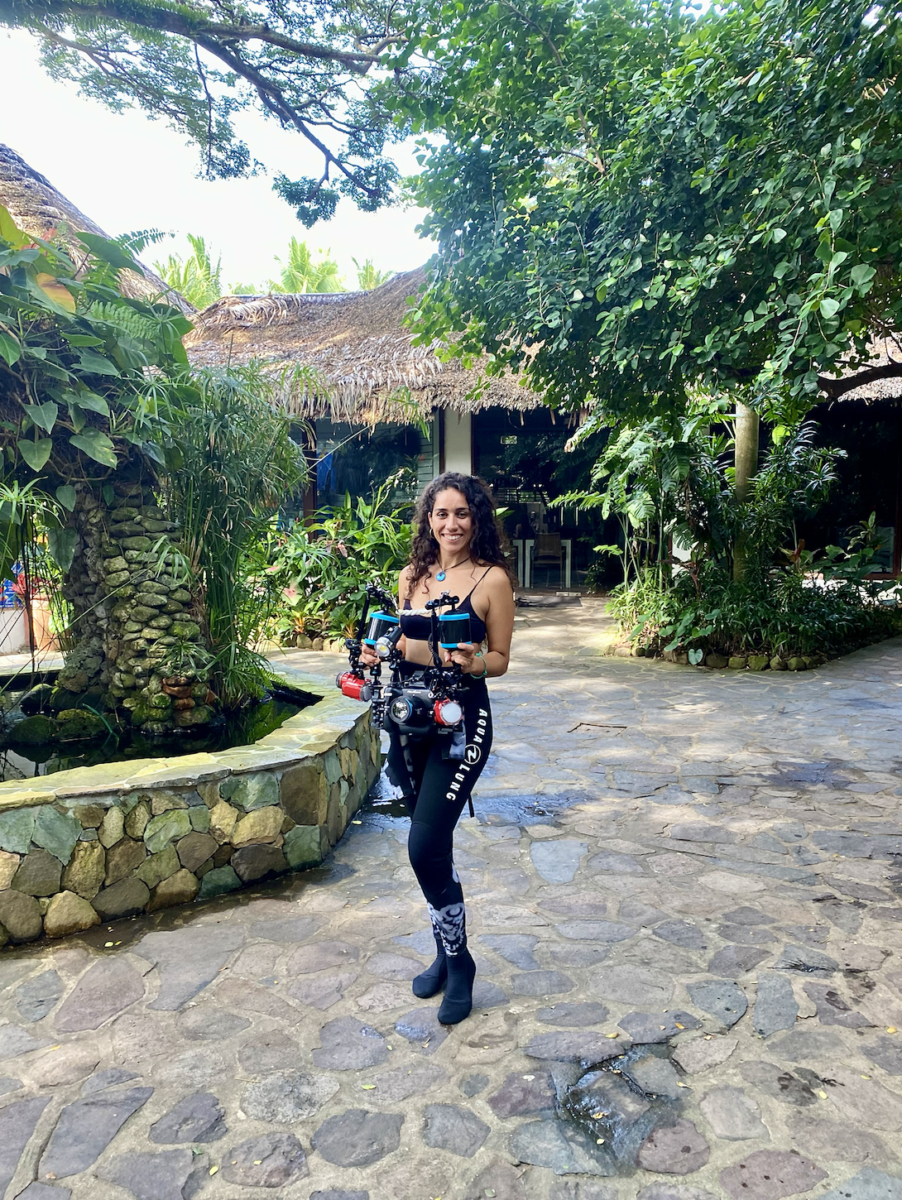
This impressive group was brought together by Marty Snyderman who has a longstanding career in the underwater photography industry and has created a supportive community within the industry through the annual Imagemakers trips. The group of underwater creatives had a variety of professional backgrounds within the industry ranging from full time creative professionals, to conservation leaders to experts in diving medicine and technical diving, but what everyone had in common was a love for photography and capturing the characteristics of the underwater world. The mix of backgrounds and talents was a thrill as we prepared for our week of diving in Dumaguete and everyone was generous with sharing their skills and expertise with the group, contributing to each other’s learning. We all benefited from the knowledge sharing and the creative space.

Dumaguete is known for its muck diving and variety of unique critters that live in the sandy flats. In our first dive briefing, the dive guides described the species we would be likely to see: sea horses, cuttlefish, pipefish, shrimps, frogfish, clownfish and many more. They walked us through the dive routine and then we were ready to go.
On our first check out dive, we descended into dark muck with the occasional coral or anemone to be seen. As an inexperienced muck diver and macro photographer, I looked around the scenery and skeptically wondered if there really was anything to see. I was used to wide angle photography on large reefs with large subjects, so this was new territory for me. Some of the other photographers were also used to photographing larger subjects and we were on the journey of learning to love the process of macro photography together.
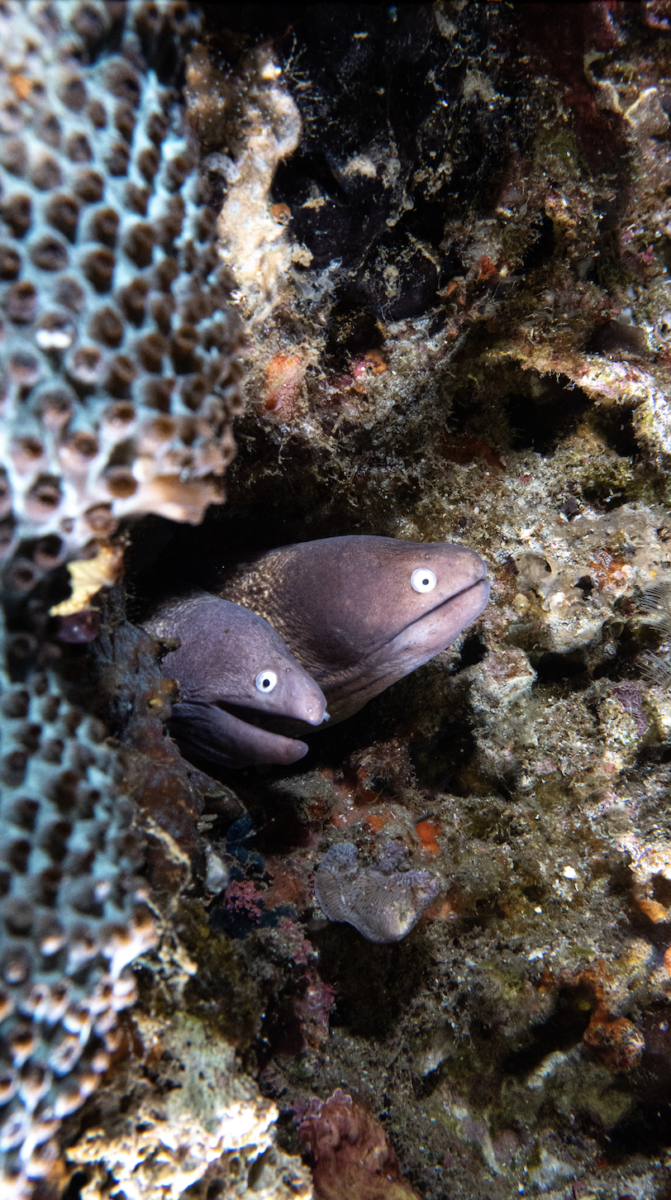
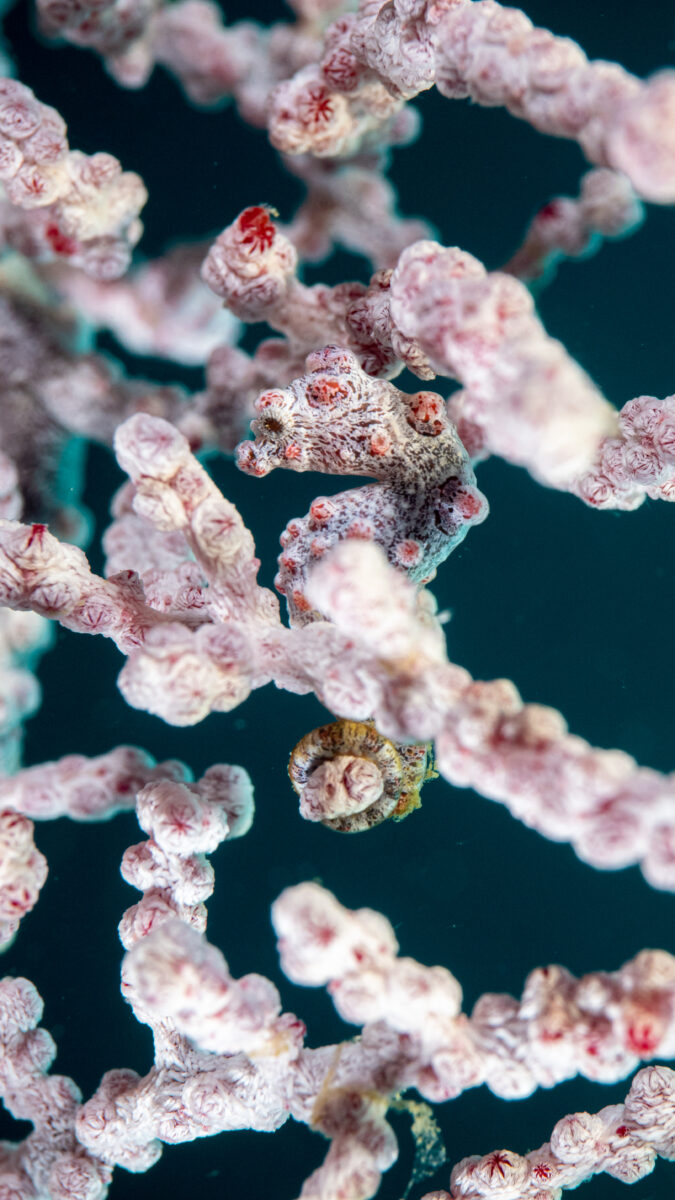
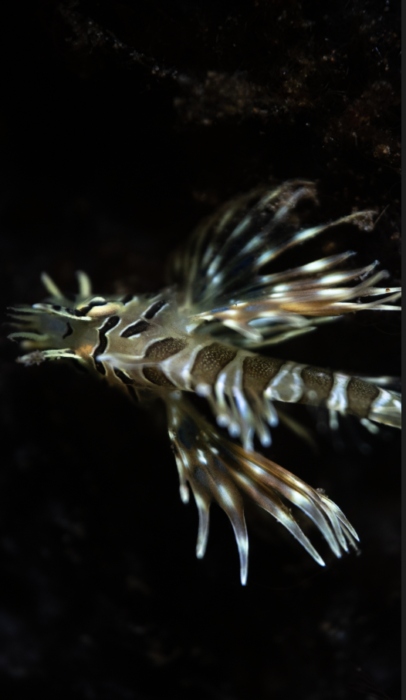
As I swam around trying to find things in the sand, the divemaster would usher us over and point out the most incredible little creatures– from Harlequin shrimps to baby frogfish to flamboyant cuttlefish. With every little creature I would see, the journey would begin with the strobes and camera settings, to find the best way to tell its story in a snapshot. With the right lighting, white-balance, and camera settings we would watch the colour of the creature and its environment come to life out of the deep blue. This process could feel like magic when seeing the results of proper lighting and effective camera settings. Coming back between dives, we would share stories and techniques and admire photographs, bouncing ideas off of each other as we geared up for the next dive.

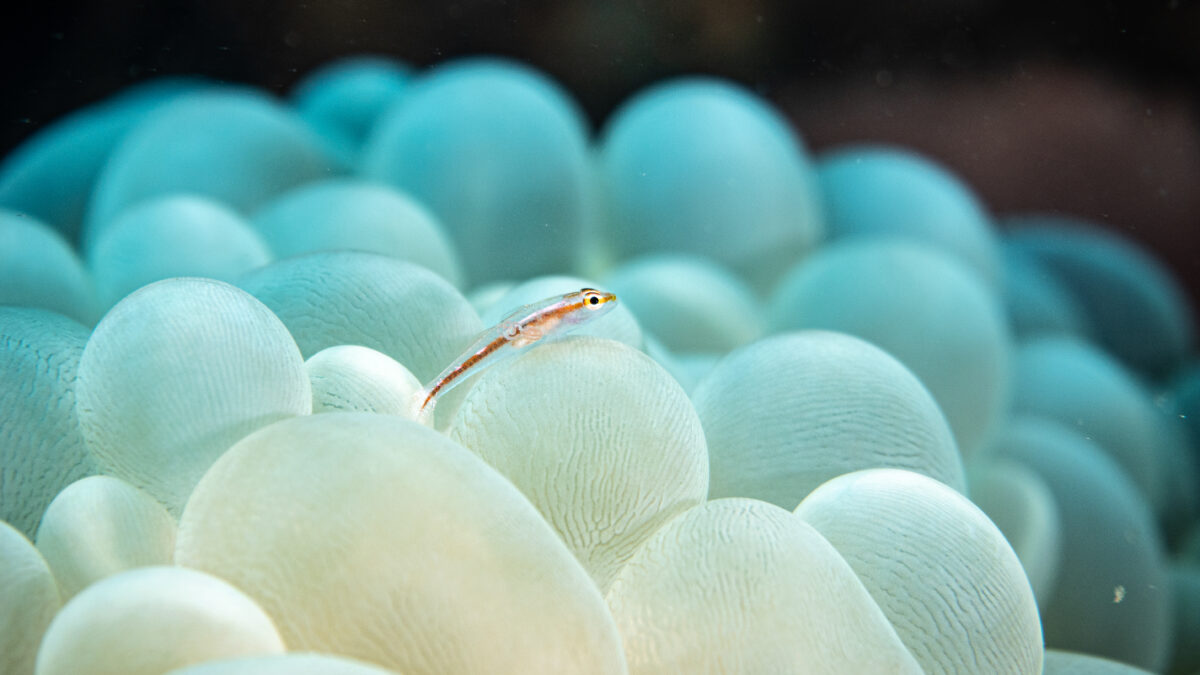

Our group had a fabulous time muck diving with the exotic critters of Dumaguete with the added bonus of a day visit to the Apo Island marine sanctuary. Before we knew it, it was time to move locations to Puerto Galera for our second week of diving. Here we would find more reef and coral expanse with only a few muck diving locations. The staff at the Puerto Galera Atlantis dive resort were equally as friendly and accommodating. Some of them even took us on a nearby lighthouse hike and showed us around town, sharing about their home.
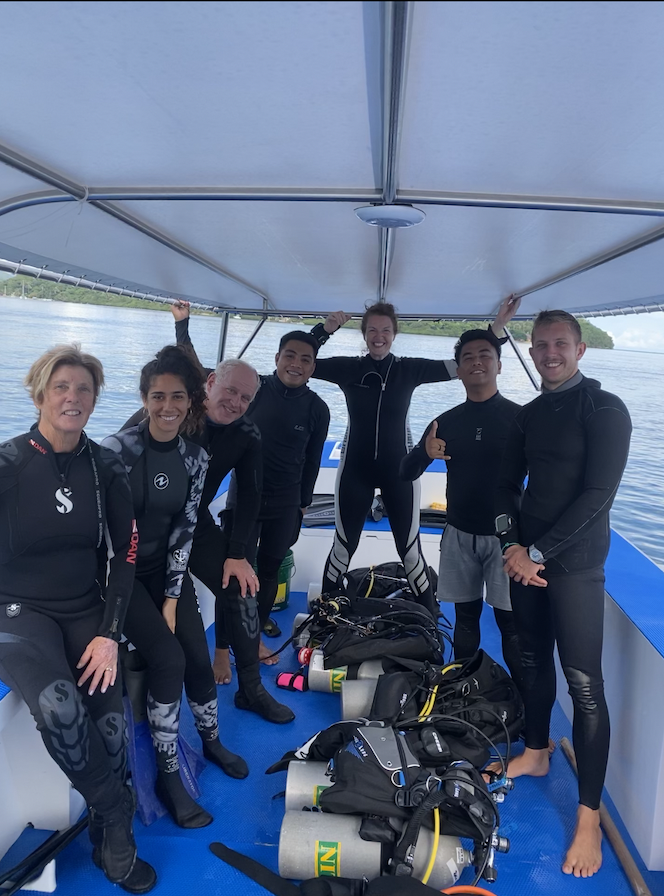
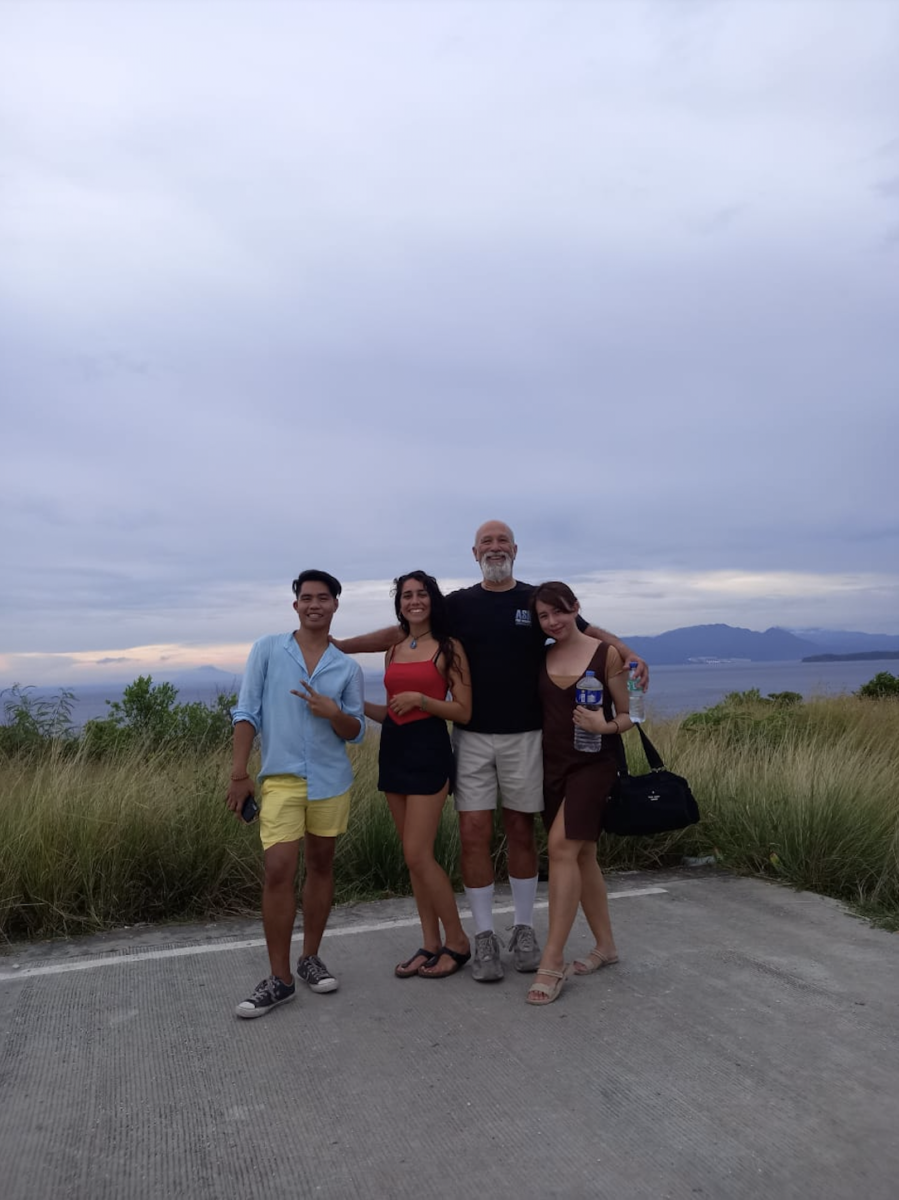
Our group had the opportunity to dive at Verde Island, a place that is known as the Center of the Center of Marine Biodiversity. This island region is known to house 60% of the biodiversity of shorefish in the world. We were lucky to have flat calm conditions as we headed to Verde Island and everyone excitedly donned their wide angle gear after two weeks of macro diving. With the stunning visibility, array of colours and plentiful reef fish, we were not disappointed.
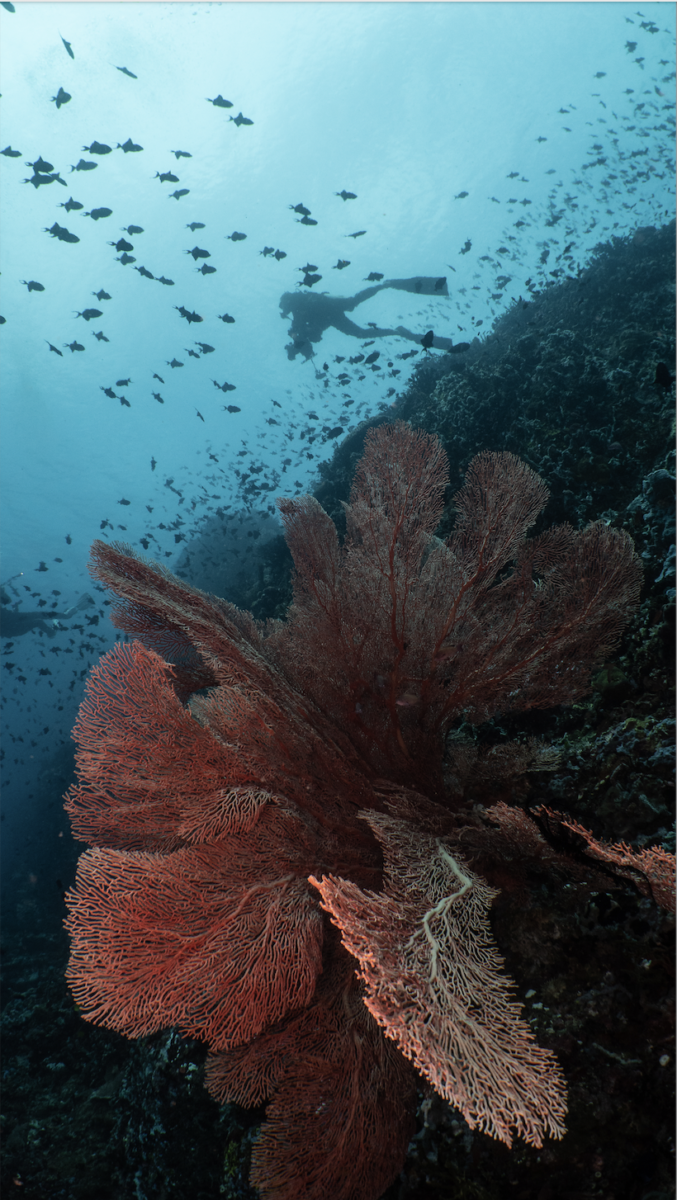
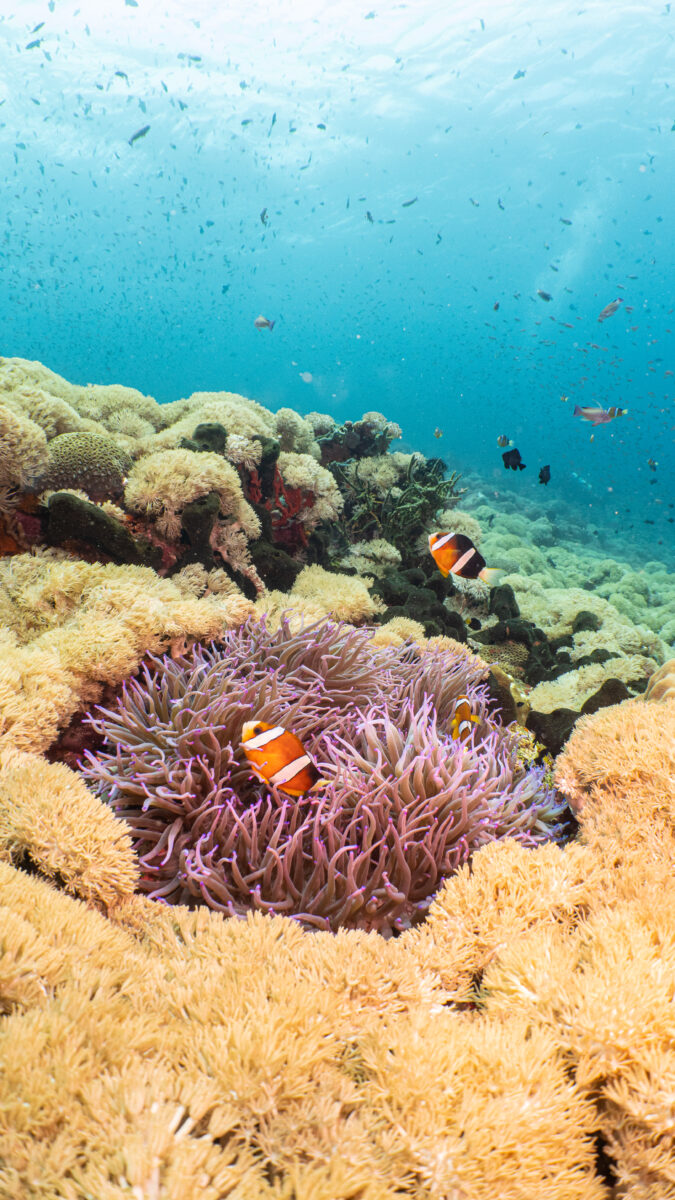
Long days of diving during my time with the Atlantis Imagemaker’s group would leave little room for much else, but amidst the colours of the reef, I would take some time during the brief afternoon breaks to try to translate what I saw in the ocean with paint on paper. I attempted to capture the bright and iridescent colours of the sea creatures with watercolour paintings. Inspiration can express itself in such different ways, and with this inspiring group of creatives, we each were finding our rhythm in our own unique ways, supporting one another’s creative journey and learning more about our own along the way.
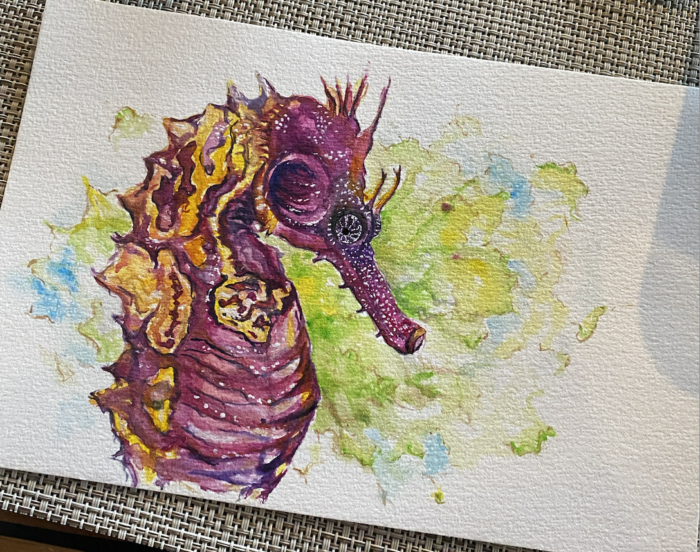
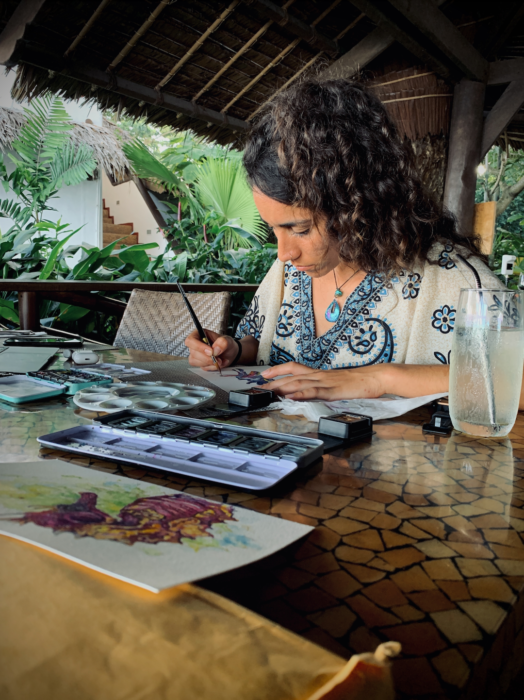
Following my time with the Atlantis Imagemakers, I made my way to Cebu in the Philippines, to spend a week with the Coastal Conservation and Education Foundation to learn about their marine protected area management programs. Their team picked me up from the airport and we headed to the island community of Siquijor. There I spent the week with Danilo, Sir Rikki, Alyza and Dionel, visiting conservation sites, diving at marine protected areas and recording the progress of management measures. I got the opportunity to visit several community monitoring projects with the CCEF team. We ran a series of community stakeholder interviews for a coral triangle People and the Sea series and I had the opportunity to learn about the challenges these small island communities were facing in resource management. CCEF has a very successful approach to community management, effectively engaging fisherfolk and stakeholders in management planning for maximum effectiveness.
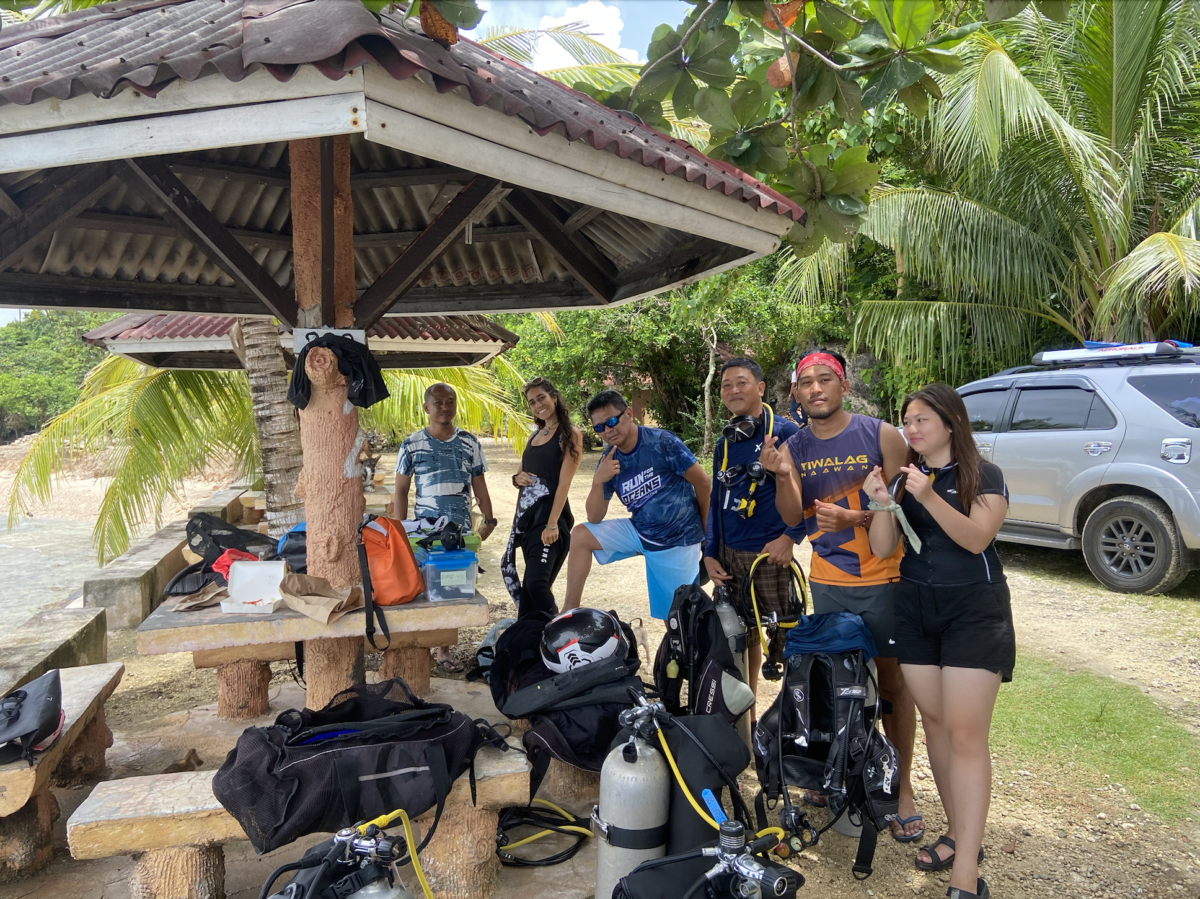
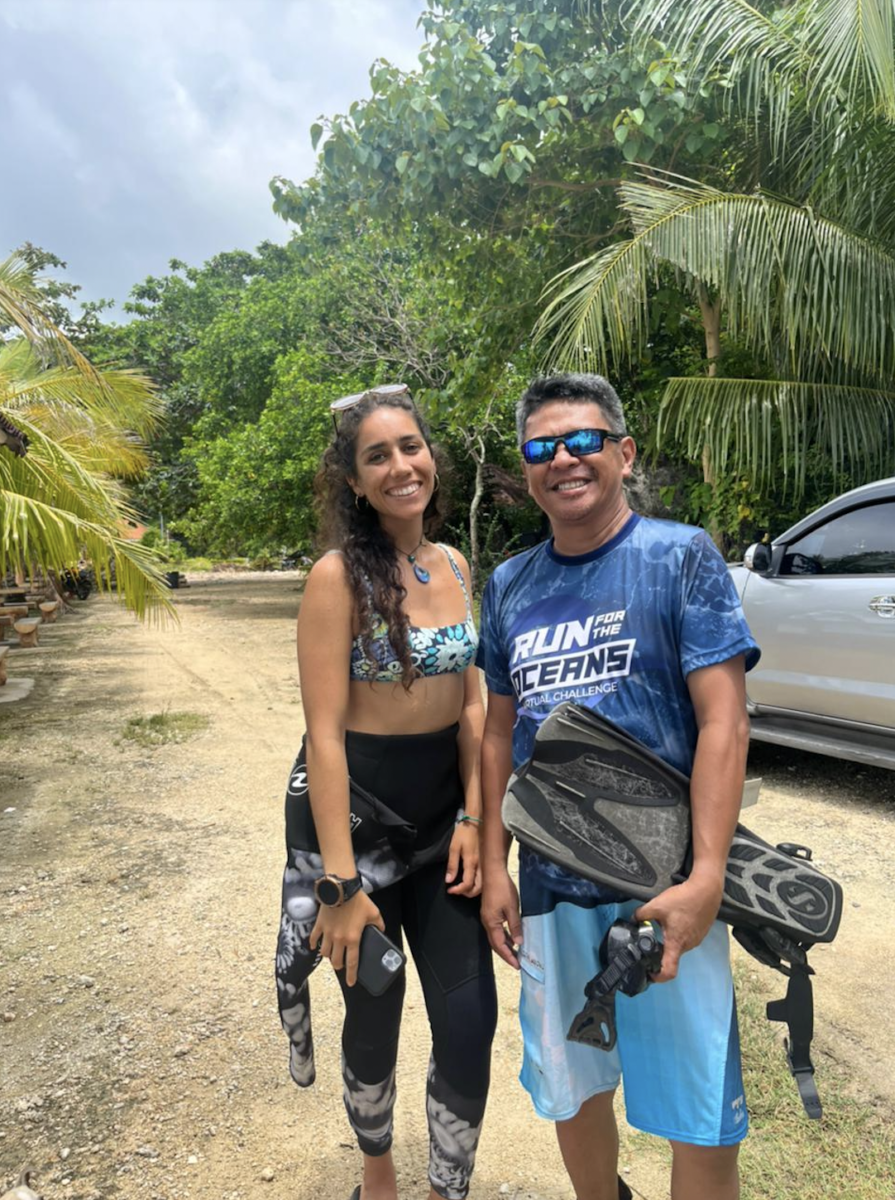
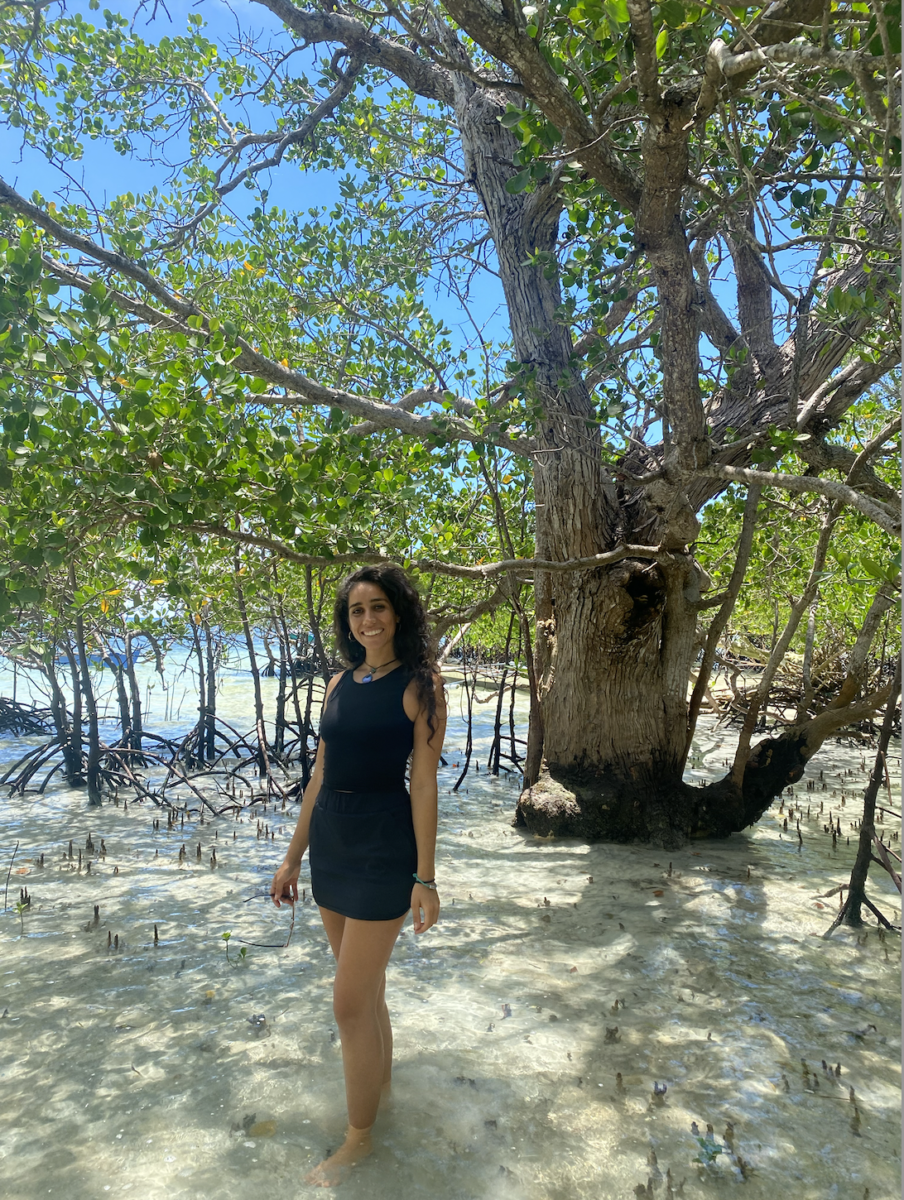
One of the major challenges that would come up again and again was the issue of ocean plastics. The beaches were littered with plastics and the winter rains would wash increasing amounts from land to sea. Coastal cleanups were making a dent, but it’s hard to keep up with the sheer volume of plastics washing into the oceans. We had many discussions with community members about the importance of establishing long lasting solutions to this challenge. The approach is not simple; it requires reduction of plastic use, continuous removal of plastics from the oceans and beaches, and methods for processing plastics for recycling. The solutions are challenging, yet necessary, and island nations across the world are struggling with the same issues. Finding solutions for our plastic problem, is something I will continue to reflect on throughout my year.

Before I knew it, my time in the Philippines was coming to an end and I was saying goodbye to the incredible CCEF team. They had been so welcoming to me and we had a wonderful time working hard and laughing and joking our way through the week. I loved their humor and the joy with which they approached their work. They were great at bringing joy to their workplace and making everyone feel welcomed. I was so grateful to have gotten to work with their incredible team.
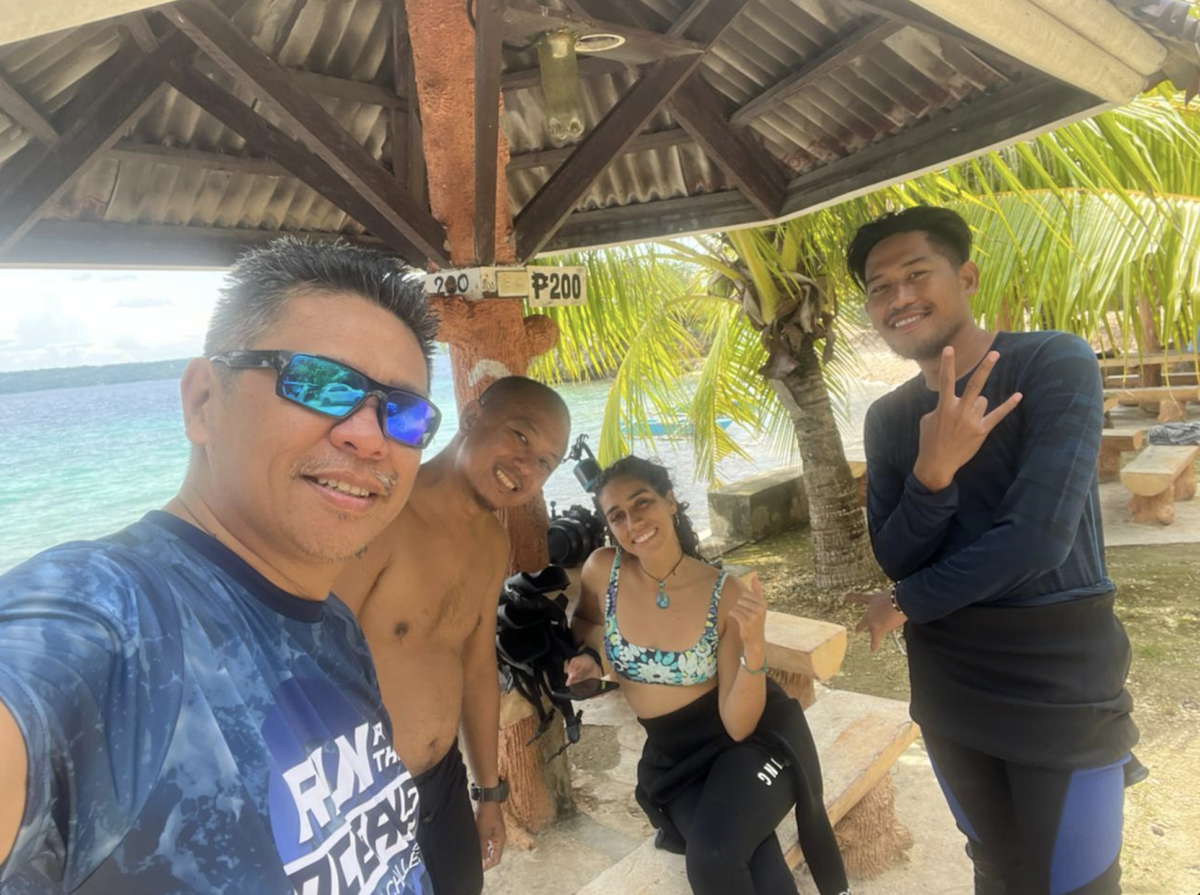
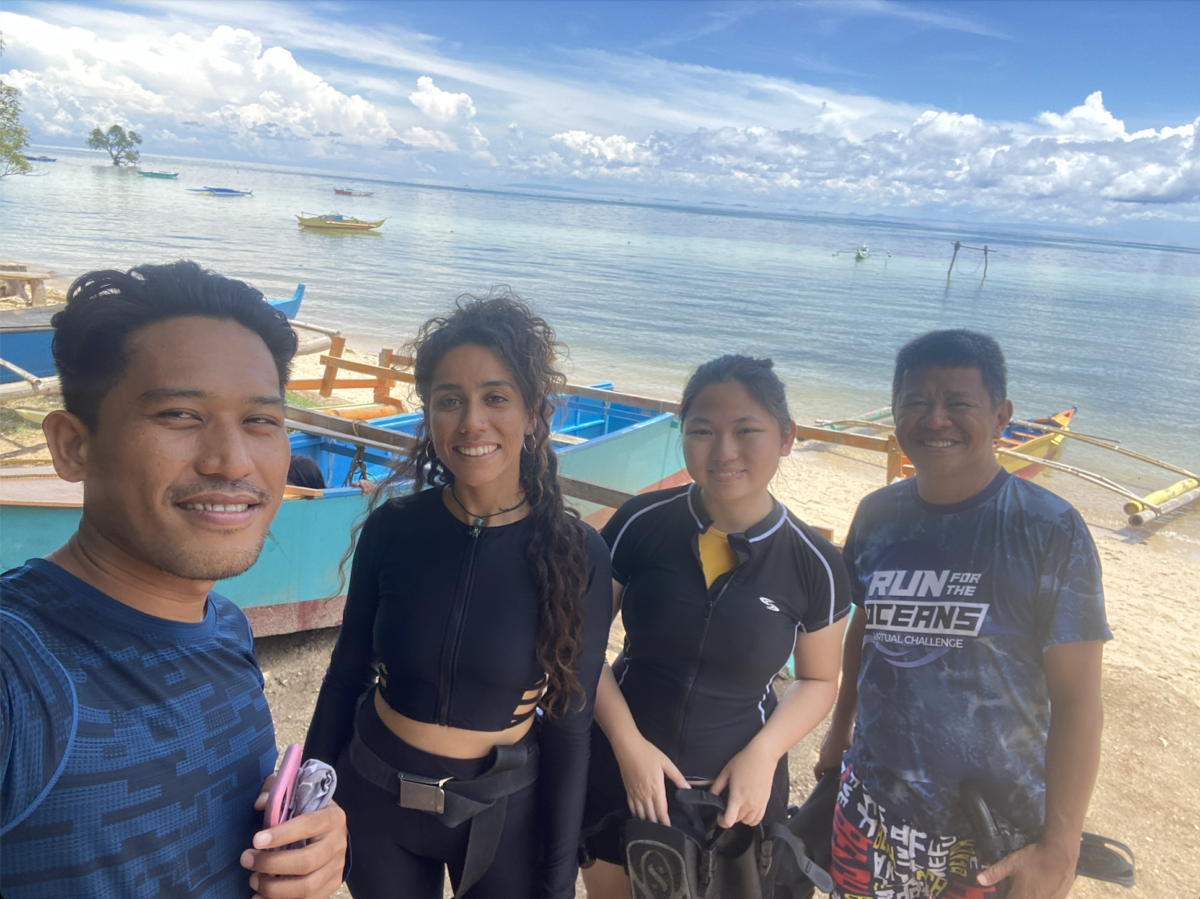
A huge thank you to Rolex, Our-World Underwater Scholarship Society, DAN, and my product sponsors Aqua Lung, Diving Unlimited International (DUI), Fourth Element, Halcyon, Light and Motion, Nauticam and Reef Photo and Video, for making these opportunities possible. A special thank you to Marty Snyderman and the Atlantic Imagemakers for having me on their trip. And special gratitude to CCEF for including me in their incredible work.